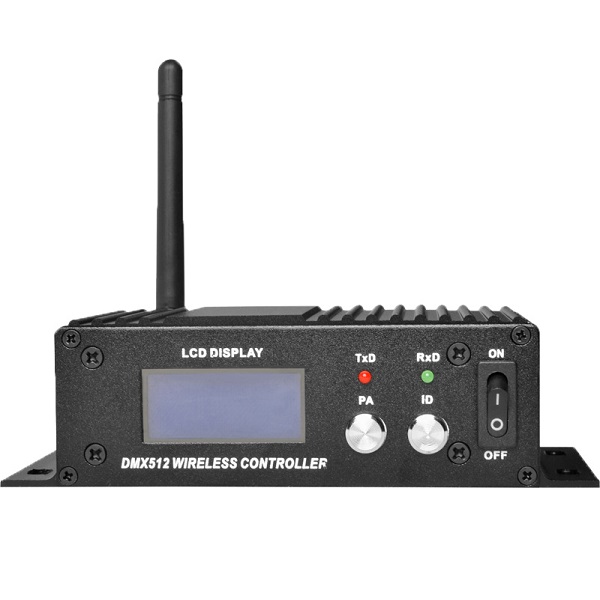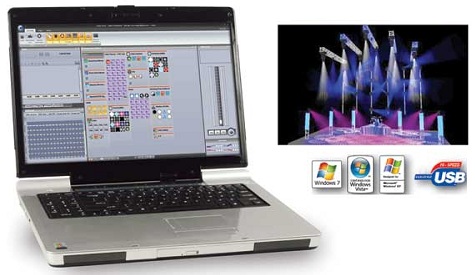- Exhibit Lighting
- Prism Original Series
- Lovo™ Edge Series
- LED Display Arm Lights
- LED Light Stands
- LED Flexible Strip Lighting
- LED Light Panels & Signage
- LED Down Lights
- High Bay LED Lighting
- LED Rigid Strip Lights
- LED Aluminium and Silcone Profile Extrusion
- Connectors & Cabling
- LED Accessories
- LED Controllers
- DMX LED Lighting
- MADRIX Lighting Control
- Programmable Lighting
- LED Lamps
- Power Supplies
- Battery Solutions
- Clearance
- More Lighting Options
- Commercial Lighting
- Retail Lighting
- Lovo™ LED Series
- What We Do
- Who We Are
- Resources

DMX LIGHTING HOW TO
Thursday, June 14th, 2012
Being involved with DMX Lighting Controllers for years, I’ve learned that there are many different scenarios you can experience when it comes to choosing the right controlling system.
 For example, you could use a dedicated, stand-alone system, pre-programmed in some situations but most of the time you will need to program them to your liking.
For example, you could use a dedicated, stand-alone system, pre-programmed in some situations but most of the time you will need to program them to your liking.
The stand-alone system has its limitations, but is very reliable. It normally requires an operator to be connected to it, to make changes on the fly or attend to different scenarios that could arise.
A computer system on the other hand can give you much more flexibility, but like the stand-alone systems it too needs to be programmed.
The computer system makes programming a much more pleasurable experience for most people because of the visual aid on screen.
A big bonus I find with a computer DMX system is trouble shooting! In some instances you can log onto the computer from a remote site to fix an issue or even program a new lighting scene.

Lee Martin
Martin Media Productions (A Prism Tradeshow Lighting Partner)
See Prism Tradeshow Lighting’s full line of DMX LED Lighting products >>
